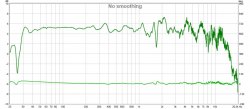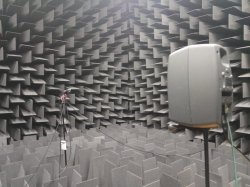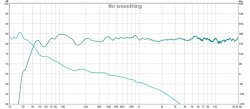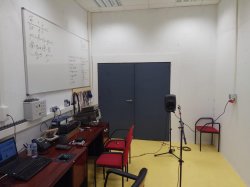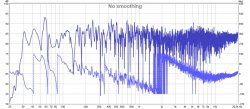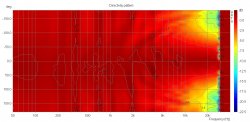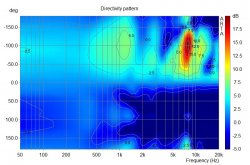Mikko Pihlajamäki
Registered
Thread Starter
- Joined
- Nov 9, 2018
- Messages
- 2
Looking for budget solution mic to use instead on umik-1.
Found this:
Omnitronic MM-2USB (https://www.steinigke.de/en/mpn13030923-omnitronic-mic-mm-2usb-usb-condenser-measurement-mic.html)


Frequency responce looks obviously too good, but could this be used as an entry level mic?
Found this:
Omnitronic MM-2USB (https://www.steinigke.de/en/mpn13030923-omnitronic-mic-mm-2usb-usb-condenser-measurement-mic.html)
Frequency responce looks obviously too good, but could this be used as an entry level mic?







